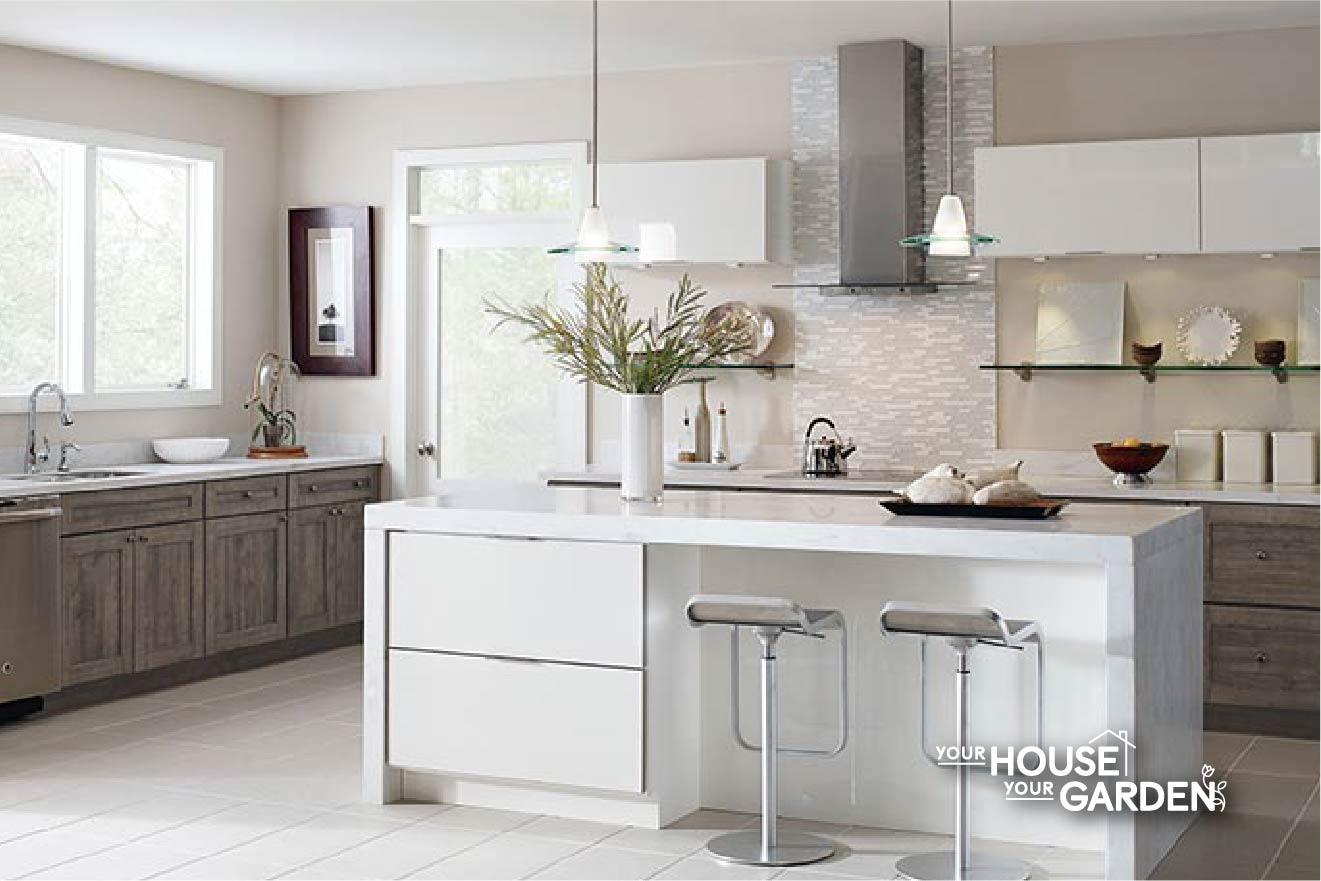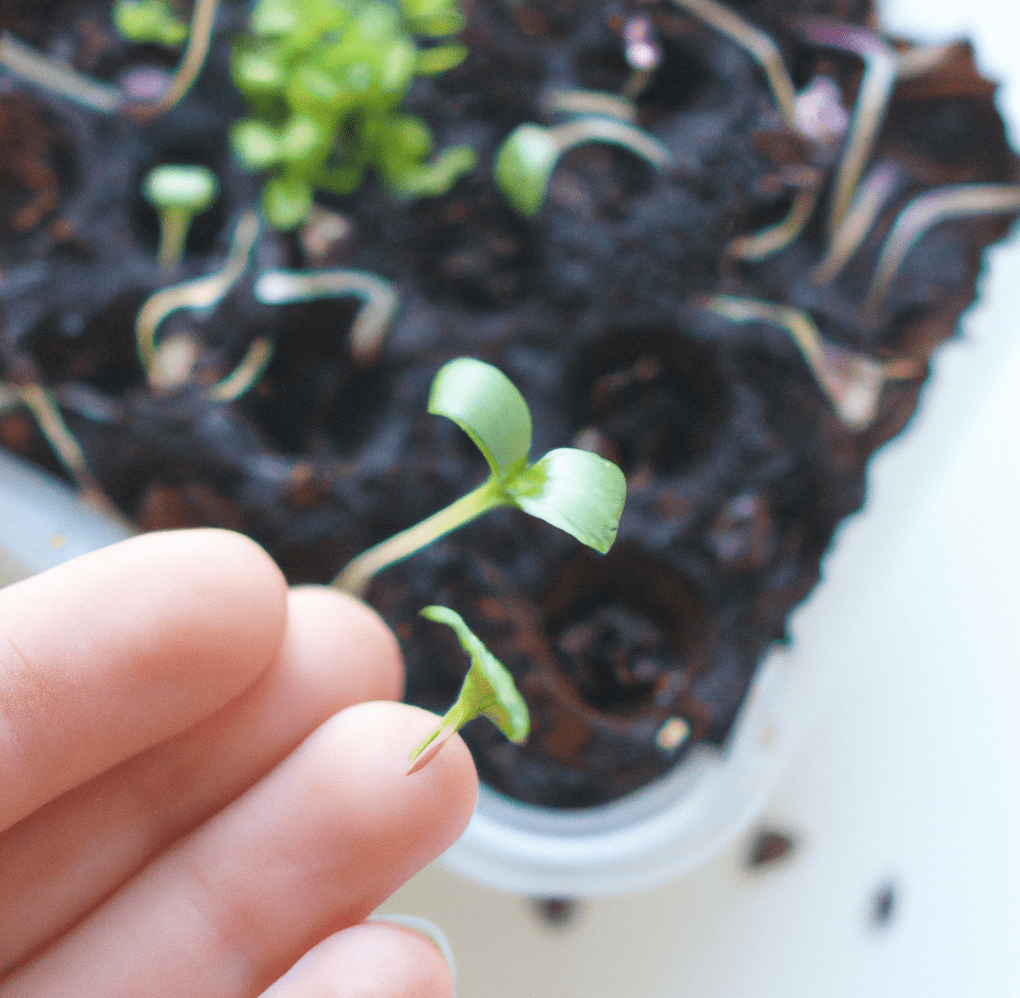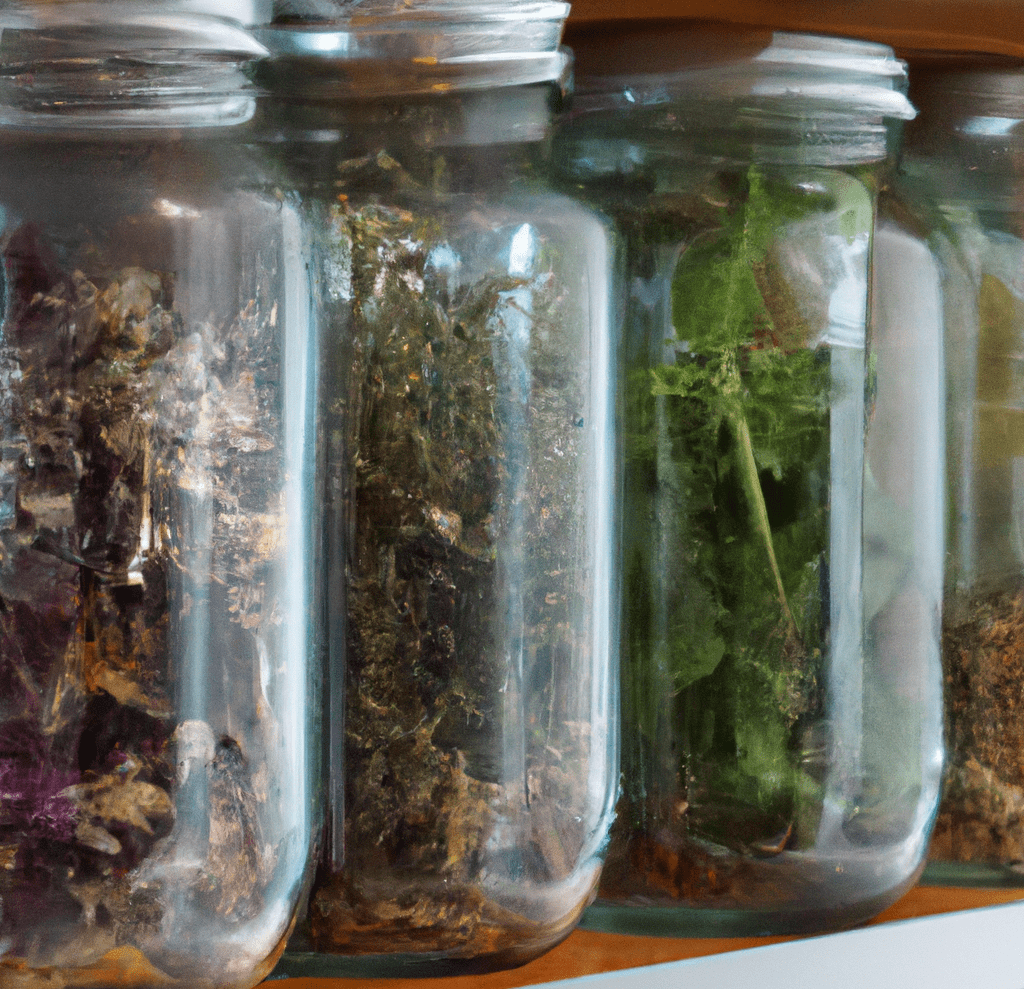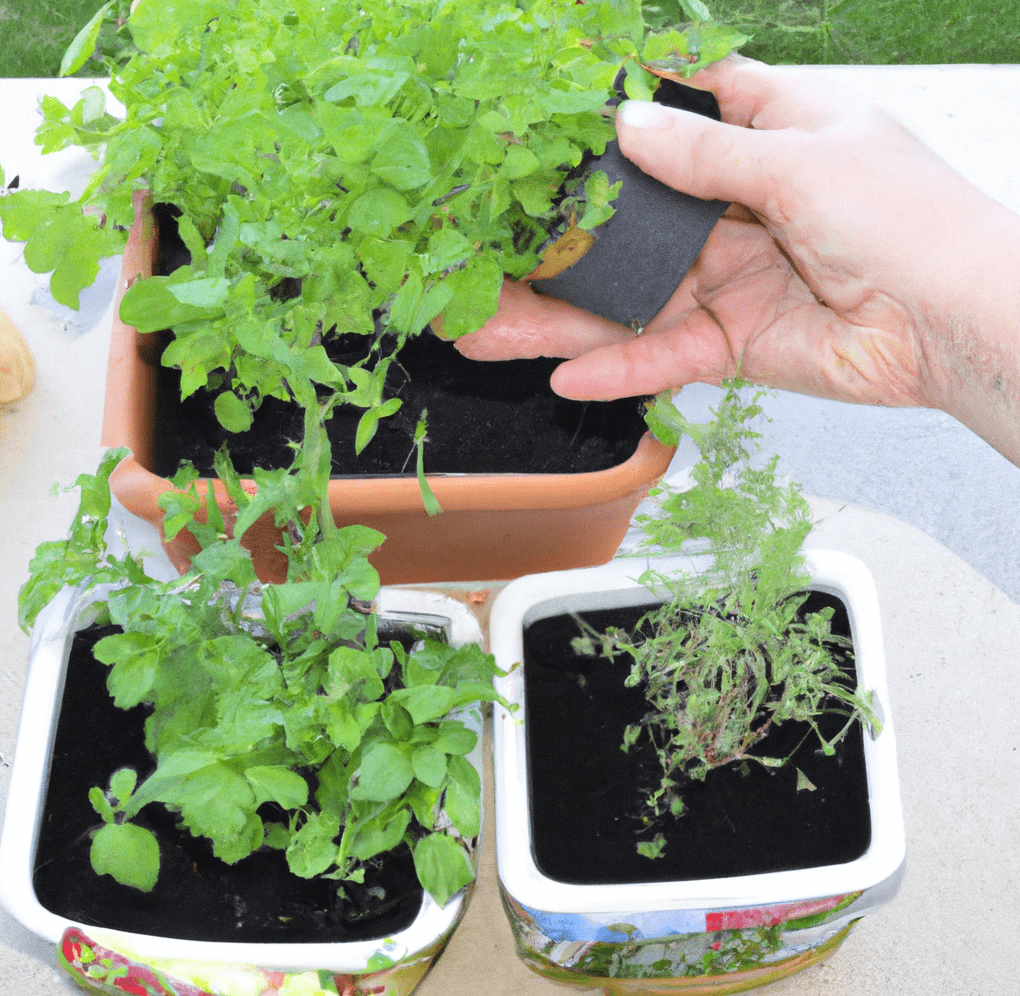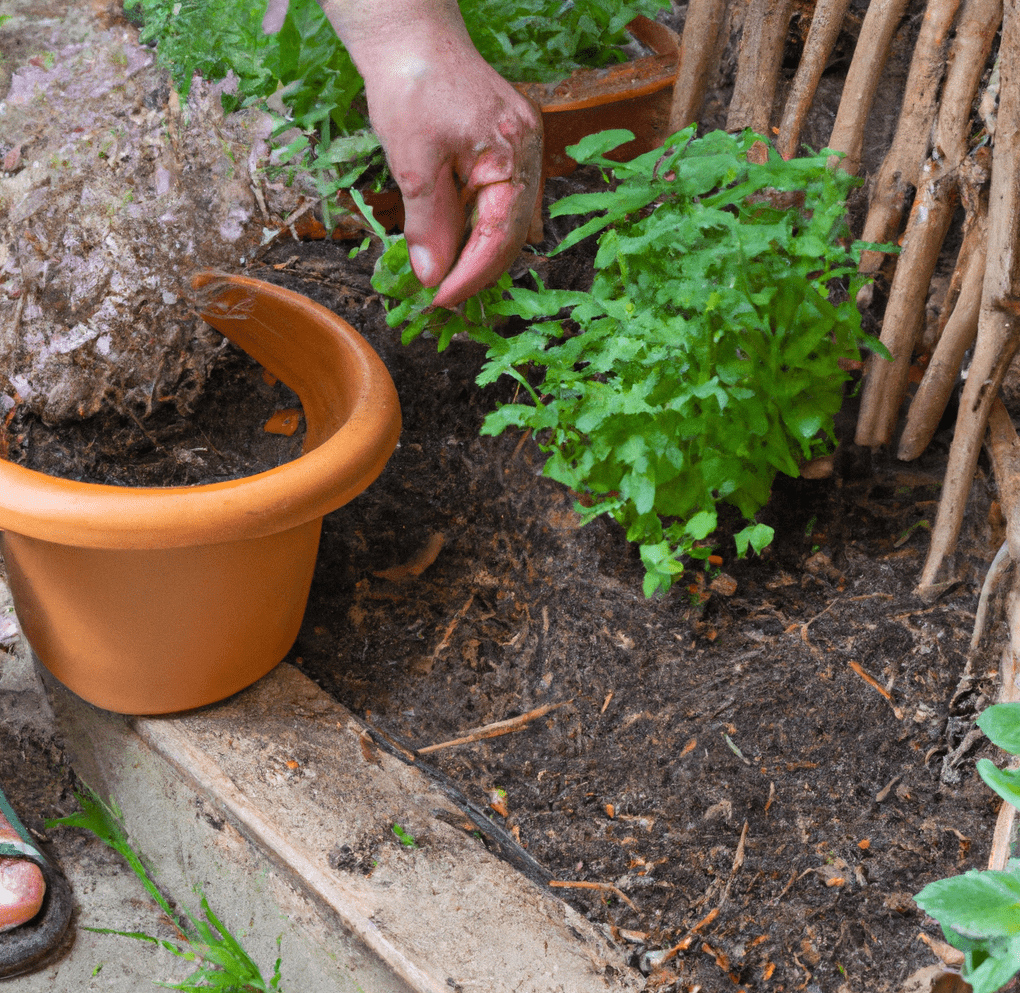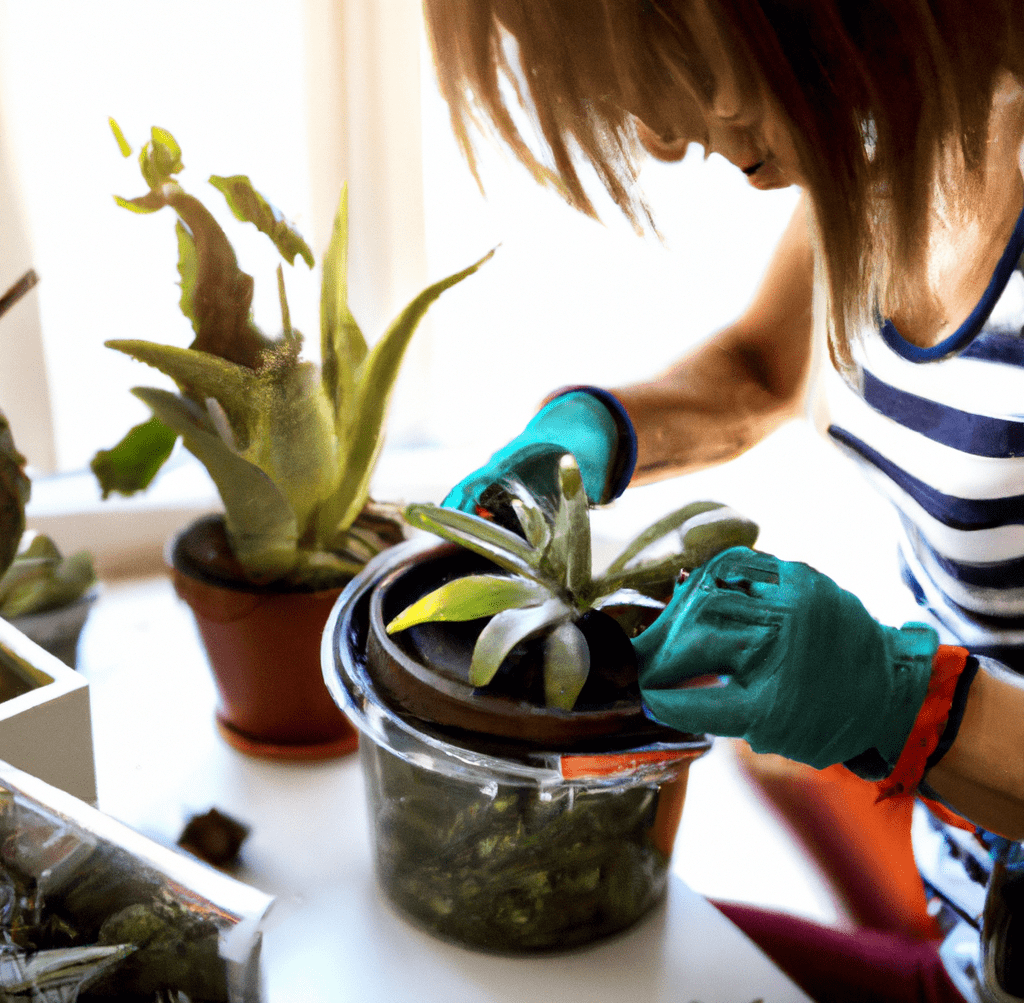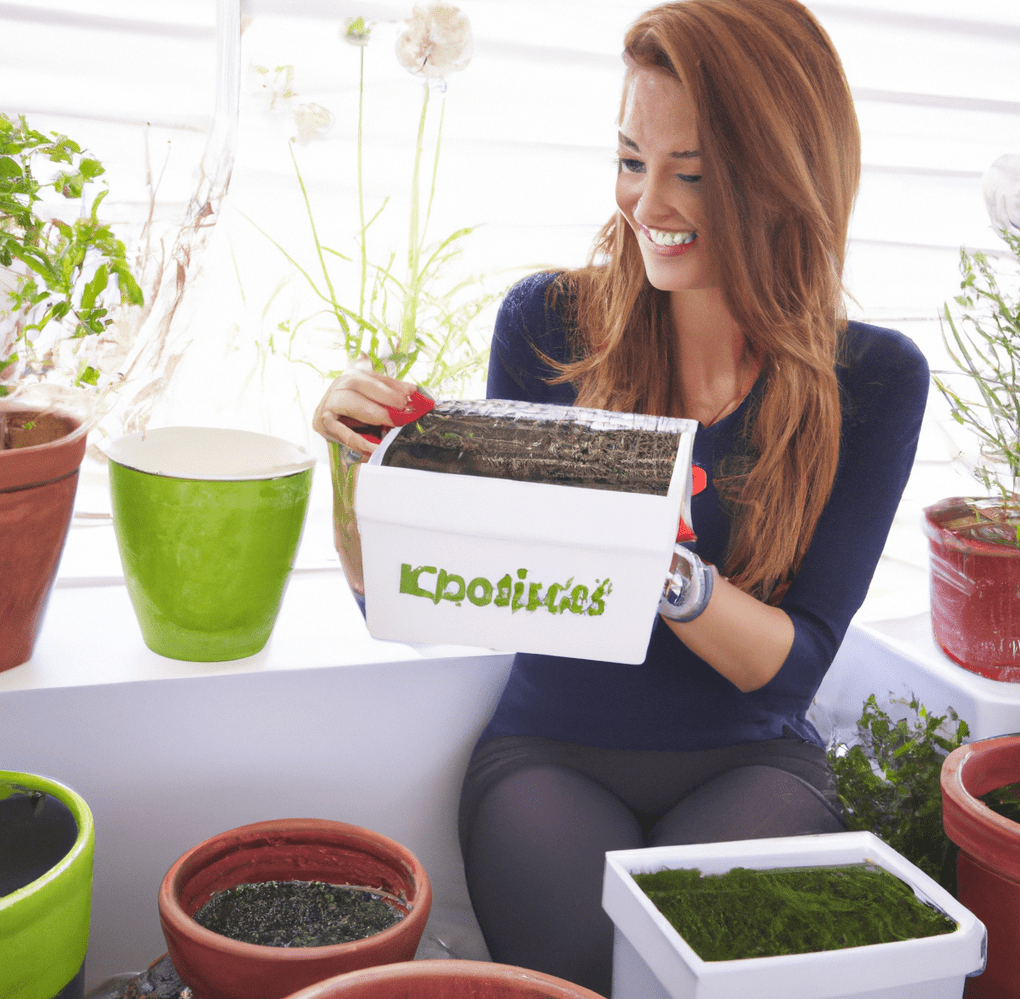Due to their durability and affordability, laminate cabinets are a common alternative to traditional, solid wood cabinets. Besides their lower price tag, Laminate kitchen cabinets are easier to clean and maintain compared to their wood counterparts.
If you’ve recently installed Laminate cabinets and want to learn more about how to clean and care for them, then read on – it’s all covered below.
Step 1: Determine What Kind of Laminate Cabinets You Have
Before making your laminate cabinets shine, you need to determine what kind of laminate you have. It doesn’t matter what kind of laminate kitchen cabinets you have so long as they’re not wood-veneered. If they are, the following steps won’t work (we’ll briefly cover how to clean wood kitchen cabinets at the end)
Step 2: Dust or Wipe Down Kitchen Cabinets
No matter what type of kitchen cabinets you have, start by giving them a dust and good wipe down with a clean cloth. Pay special attention to any gunk or build up while leaving stains and grease for later.
Resist the urge to scratch off any stubborn build up. This will only result in damages to your laminate.
Step 3: Wipe Down With Soapy Water
Next, mix roughly 1 tbsp. of kitchen soap with in a cup of warm water. If available, we recommend using a water based detergent as it isn’t as harsh on the laminate surface. Hand soap and mild dish soap also work.
Grab a cloth or cleaning towel and dip it in the warm soapy water. It’s important to ring out the towel before using it on the laminate surface as too much water may damage it.
From there, clean the surface by making a circular motion up and down the outside surfaces of the kitchen cabinets. If you don’t have the appropriate soap or detergent, glass cleaner can also work.
That said, some glass cleaners are harsh, so do a quick spot test before using whatever type of glass cleaner you have at your disposal.
For a more natural solution, consider mixing a small amount of white vinegar with water. Once you have this diluted vinegar mix ready, use the same circular cleaning method described above.
Vinegar also works great to clean greasy kitchen cabinets, especially if you want to refrain from using harsh chemicals. To do this, take a damp cloth and pour a few drops of vinegar onto the cleaning surface. From there, work the grease away using the same circular motion described above.
Step 4: Wipe Down Surfaces With A Dry Cloth
When you think you’ve got most of the dirt and/or grease off the surface, take a dry, lint free cloth and wipe down the cabinet door and other surfaces so they’re free of any excess moisture.
If you don’t use a lint free cloth, fine pieces of fuzzy fluff with be left over on the surface, which you’ll want to avoid. Micro fiber cloths are also great.
Step 5: Remove Stains
In most cases, tough stains can’t be removed with soapy water. Instead, create a paste of three parts baking soda and 1 part water to tackle tough stains. The baking soda has just enough grit to effectively scrape away stains and sticky grease without damaging the cabinets.
This is one of the most effective cleaning methods we’ve come across and one we highly recommend. It’s also cheap and doesn’t harm the environment when you wash to paste down the drain.
Lemon juice also works well for cleaning kitchen cabinets. Simply apply a small amount of concentrated lemon juice to a rag or wash cloth and hold it over tougher stains for a minute or two.
After that, slowly wipe away any excess lemon juice with a towel or damp cloth. If you’re laminate cabinetry has glass doors, lemon juice can also work well as a glass cleaner/disinfectant.
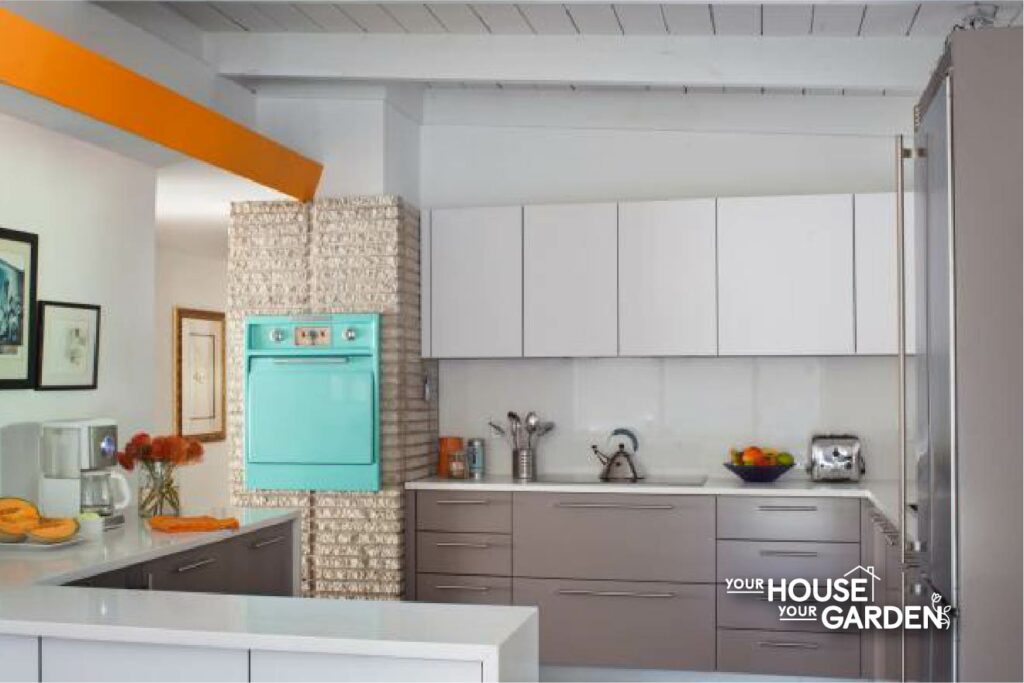
Common Mistakes When Cleaning Laminate Kitchen Cabinets
When cleaning your laminate kitchen cabinets, avoid making these mistakes.
Don’t Ruin the Paint: If you have painted cabinets, always do a quick spot check somewhere out of sight to ensure the cleaning soap or detergent your using doesn’t remove or react with the paint.
Don’t Use Harsh Scrubbers: No matter how caked on food stains or grease stains are, stay away from steel wool or wire bristled brushes. While they may remove the stain, they’ll scratch and scuff the laminate surface. Instead, opt for a microfiber cloth or damp washcloth.
Don’t Over Do It With the Water: As addressed above, too much water can damage laminate kitchen cabinets and you should use only the smallest amount needed.
Don’t Use Vinegar and baking Soda On Wood Veneer Cabinets: Even if you’re kitchen cabinets are just veneered and not pure wood, refrain from using vinegar and baking soda on the cabinet surfaces. Instead, clean them as would clean wood cabinets.
Don’t Use Too Much Cleaning Agent: Using too much cleaning agent can also damage the surface of your kitchen cabinets. This is especially true if you’ve recently painted them.
Types of Laminate Kitchen Cabinets
Matte Finish
Laminate cabinets with a matte finish are highly scratch and stain resistant and require little maintenance. The matte finish also adds a low-level of reflectivity and and subtle class.
These are the best options for high traffic areas and cabinet door doors that will be opened and closed several times a day.
Some matte-finished options even come with woodgrain-like patterns on them. This a great option for those who like the wood look, but don’t want to deal with the dust that often settles in the grooves on the surface.
The matte finish is also ideal if you’re after the modern kitchen cabinets look.
Acrylic Laminate
Water resistant and impervious to UV light degradation, Acrylic kitchen cabinets are another good choice for high traffic, high use area.
That said, they are more expensive than other laminate options and are prone to scratching. It’s also worth noting that acrylic laminates have a strong shiny gloss to them, which may make them a poor choice for areas with lots of heavy lighting.
When used right, Acrylic laminate can look very classy and elegant.
Textured Laminate
As the name implies, textured laminate surfaces come with imprints that mimic the characteristics of wood cabinets and other material. Textured surfaces are very scratch resistant, but can easily retain dirt and dust.
Veneered Laminate
Veneered Laminates have a thin sheet of wood overtop of a laminate core. Veneers give the appearance of wood kitchen cabinets but at a fraction of the cost.
Because the outside in wood, you must clean veneered cabinetry the same way you’d clean wooden cabinets. You should also clean them regularly as the grooves and indents attract dust.
If you’re having custom kitchen cabinets installed, wood-veneered laminate cabinets are much more cost effective than custom wood cabinets.
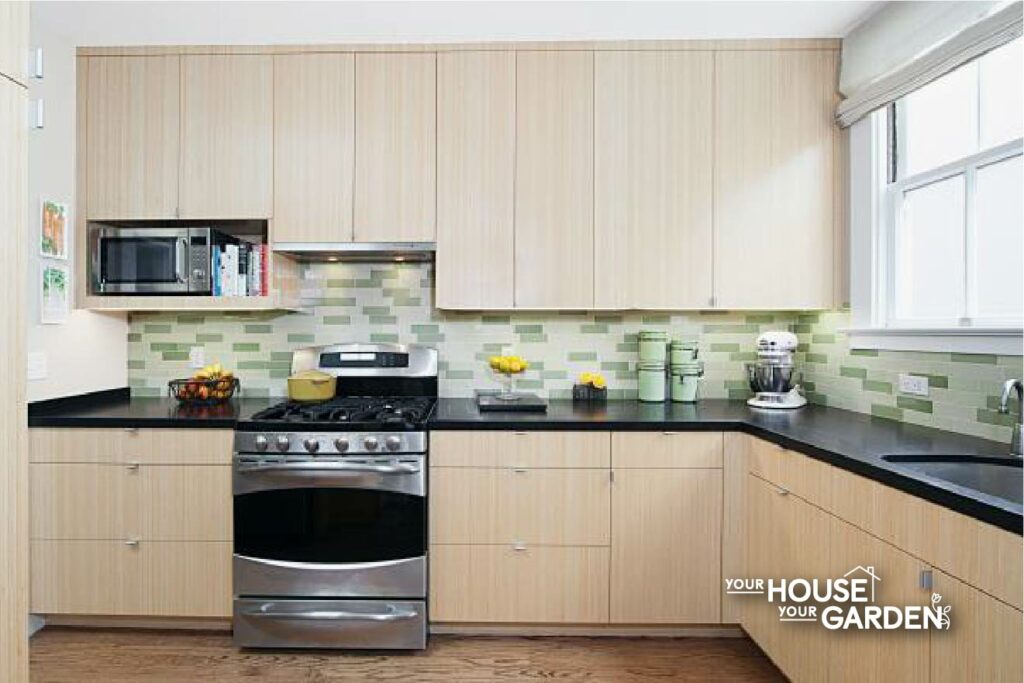
Laminate Cabinets FAQs
Pros and Cons on Laminate Kitchen Cabinets
Pros
- Very resistant to heat and UV damage
- Cost-effective when home remodeling
- Durable
- Easier to clean than wooden cabinets
- Reasonably scratch/strain resistant
Cons
- Aren’t the best for painting
- Laminated layers can start to peel apart
- Low re-sale value
- Difficult to repair
What Is the Easiest Type of Laminate Kitchen Cabinet To Clean
Matte-finished laminate cabinetry is the easiest to clean, followed by acrylic, textured, and finally, veneered.
What Is The Best Cleaner For Laminate Cabinets
The best cleaner for Laminate cabinets is a mild dish soap or cleaning detergent. Avoid solvent-based cleaners or ones that contain acetone, ammonia.
Baking soda is also an excellent cleaning agent and is great when dealing with tough stains or stocky grease blotches.
How To Shine Laminate Cabinets
To make laminate cabinetry shine, apply a small amount of wood polish and conditioner to the surface. Alternatively, consider purchasing laminate cabinets with an acrylic finish.
Because the acrylic finish is shiny, all you’ll need to do to make your cabinets shine is keep them clean.
Alternatively, some glass cleaners like Windex can leave laminate with a silky, shiny glow. Not only is it less time consuming than applying polish, it’s also cheaper.
Tips For Cleaning White Cabinets Laminate
A paste of three parts baking soda and one part water is great for cleaning white laminate cabinetry. There’s no extra step to cleaning white cabinets, the only major difference is that dirt, smudges, and stains are more visible compared to darker colored cabinets.
How To Clean Wood Kitchen Cabinets
To clean wood kitchen cabinets, mix one cup of white vinegar with one cup of water and gently rub the outside of surfaces of the counter. Once you’ve removed all gunk, dust, and debris, apply a small amount of non drying oil to the surface.
While some people opt for specially formulated oils, olive oil works great and will keep the wood from drying out.
How To Clean Glass Cabinets
To clean glass cabinets, spray a liberal amount of Windex or other glass cleaner over the glass surface. Next, grab a lint free or micro fiber cloth and wipe down the surface using small circular motions.
Because the glass cleaner is formulated to dry on its own without leaving streaks, you won’t have to dry the surface with a towel or rag.
How To Clean Greasy Wood Cabinets
In most cases, hot water and dish soap will be sufficient for removing food grease from wood cabinets. Oil soap is another excellent alternative and is easily one of the most effective cleaners on the market.
What Should I Do If My Laminate Cabinets Start Peeling?
In most cases, laminate cabinets are not repaired once they start peeling. While you could try to reglue it, most people find it more time and cost effective to replace old cabinets instead of repairing them.
Laminate vs Melamine Cabinets? Which Are Better?
Although Melamine is cheaper, Laminate is more durable and has a greater resistance to heat and UV damage.
Both products are highly moisture resistant, making them a good fit for the Kitchen or any other place where plenty of steam or hot air is produced.
Generally speaking, Laminate is considered superior to Melamine and the only reason to prefer Melamine is to save money.
Can I Paint Laminate Cabinets?
Yes, laminate cabinetry can be painted. However, paint will have trouble sticking to the smooth, laminated surface and you’ll have to begin by sanding it down. It’s best to start with a lower grit paper and finished with a high grit paper.
Next, apply a thin layer of primer to the newly sanded surface and wait for it to dry. Once dried, you can begin painting.
While some people choose to leave handles and other hardware on (and taping over them), it’s easier to remove the hardware during the sanding, priming, and painting stages.
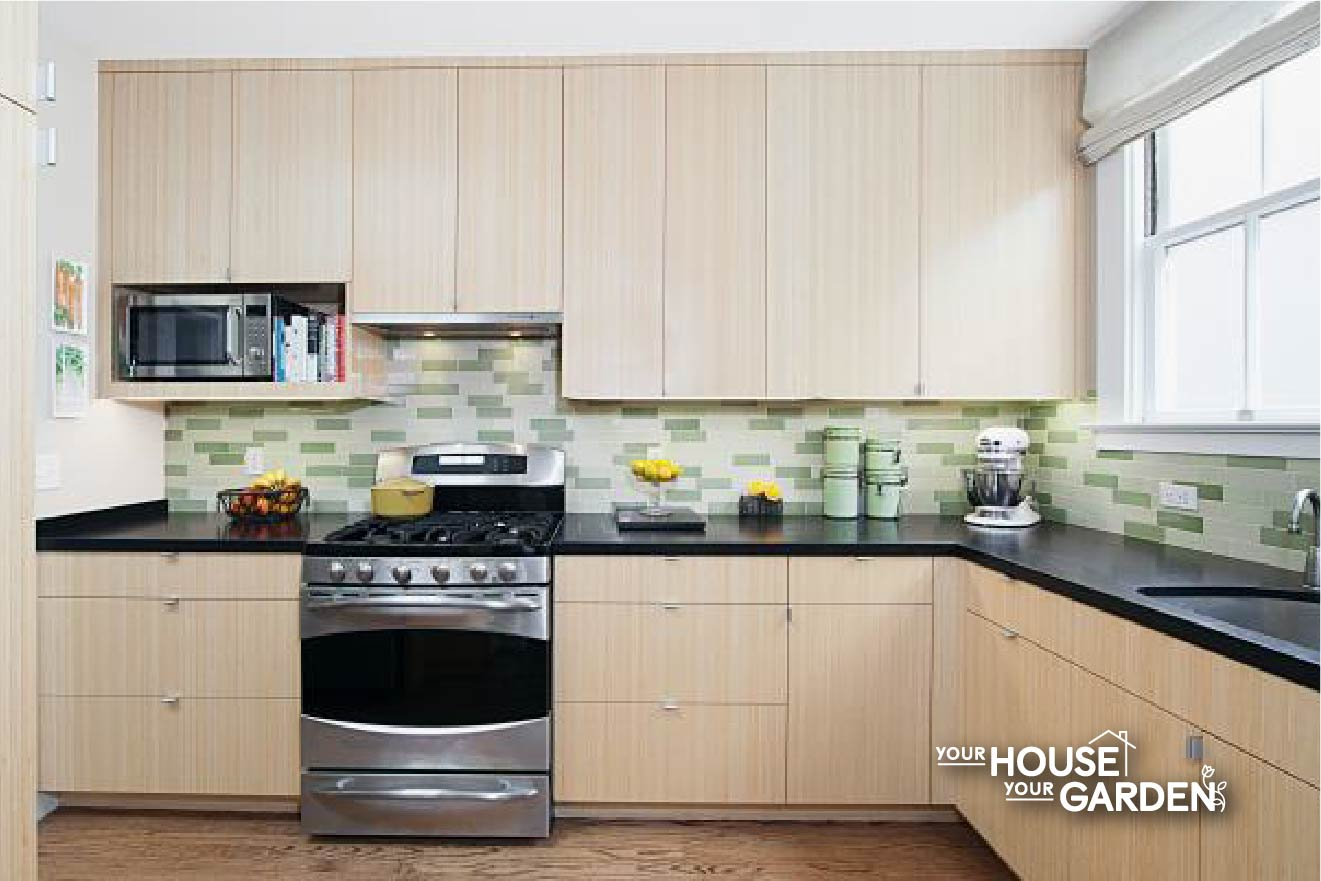
Final Thoughts on How to Clean Your Kitchen Cabinets
By now, you should have a good idea how to clean and care for your laminate cabinetry. As mentioned earlier, because of its durability and heat resistant properties, laminate in an excellent choice for the kitchen.

